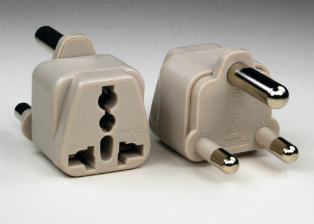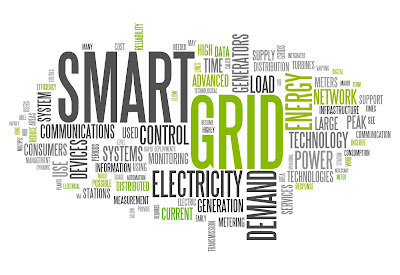THE PLUG MANTRA:Why is one pin in a plug thicker than the other two? Why do sparking occurs while connecting a plug in switch on mode?What is the significance of cut on the plug pins?

The three pins of a plug consists of a Live(L) wire connection, a Neutral (N) wire connection and an Earth(E) wire connection. The Earth wire is used for protection purposes while the other two is used to get power from the supply. As an engineer the main two criteria of designing any device, connector or instrument is economic and safety. The Earth wire is designed thicker such that any short circuit occuring within the device or in the supply can be grounded as soon as possible so as to protect the devices. The thickness reduces the resistance of the Earth wire and the short circuit current reaches the ground easily and fast. Now,Have you ever plug your device in with switch already on? No? Ok, If you try once then you may see a spark in the Live pin or the smaller right pin. The main reason is that the Live is a phase while Neutral is the return path. To simplify, the current enters the device through live and leaves through neutral to complete the circuit. As ...



